Technology has made a world of difference in how we approach mold removal. In the past, we had to rely on manual labor to extract water, treat contaminated surfaces, remove drywall, and do other chores related to mold remediation. However, thanks to modern innovations such as high-efficiency particulate air (HEPA) filtration systems, ultraviolet (UV) lights, and ozone generators, the process is more efficient and effective than ever before.
The more streamlined methods save us time when removing mold, minimizes disruption, and eliminates potential health hazards. Whether you are trying to clean up an outbreak of mold in your home or maintain a safe environment by preventing its growth in the first place, these advances in technology make it possible to address the issue quickly without compromising on quality and safety.
The enhanced tools also reduce the manual labor associated with removing mold from our homes and businesses and help restore properties to their original condition promptly, securely, and economically.
This blog will examine how mold can impact your health and how mold remediation has advanced in recent years, new methods to treat it, and how contacting a professional is of the utmost importance when it comes to mold cleanup.
Mold Damage and Your Health
A mold infestation can cause serious health hazards, so it’s best to take immediate steps to remove the growth. Many people resort to a bleach and water solution, but that typically only masks the issue and doesn’t entirely kill the mold. In fact, bleach feeds the internal mold spores. Even though the surface may look bleached and clean, the remaining spores will root deeper and stronger and will often return worse than before. Ultimately, when the root cause of the problem is not treated, mold can return to the same spot. A harsher removal process is usually needed for stubborn mold to eliminate the problem.
If not properly treated, some molds can cause and exacerbate respiratory illnesses, such as asthma, bronchitis, and allergies, in otherwise healthy adults and children. Direct skin exposure can aggravate conditions such as eczema and dermatitis. Therefore, having a professional handle the problem and removing any remaining mold from hidden areas is key to keeping you and your family safe from potential health risks.
Types of Mold Removal Treatments
When tackling mold growth in the home, treatments can range from strongly-formulated chemicals to more natural solutions. Surfaces affected by mold are often scrubbed away using conventional cleaning agents. Yet, alternative approaches utilize HEPA filtration systems, ozone treatments, and ultraviolet air treatment. Though chemical-based methods appear to be a faster and easier solution, more eco-friendly remedies offer a longer-term prevention strategy while effectively driving out surface contamination. Either way, reliable processes are essential for thoroughly removing mold from the home environment.
HEPA filters can capture microscopic spores as small as 0.3 microns, removing mold spores from the air and preventing them from spreading. When mold occurs indoors, HEPA filtration can effectively clean the air and keep mold from returning. This is done by installing an in-duct HEPA filter that captures the spores as they pass through your ventilation system and helps ensure the air quality in your home or office is mold-free.
Ozone generators kill airborne mold spores, as ozone is a powerful oxidizer that can break down organic molecules like mold. Ozone generators are usually used with HEPA filtration to provide a comprehensive mold removal solution. Ozone generators are typically installed in a room and left running for several hours, during which the ozone takes effect, killing spores and other harmful particles in the air.
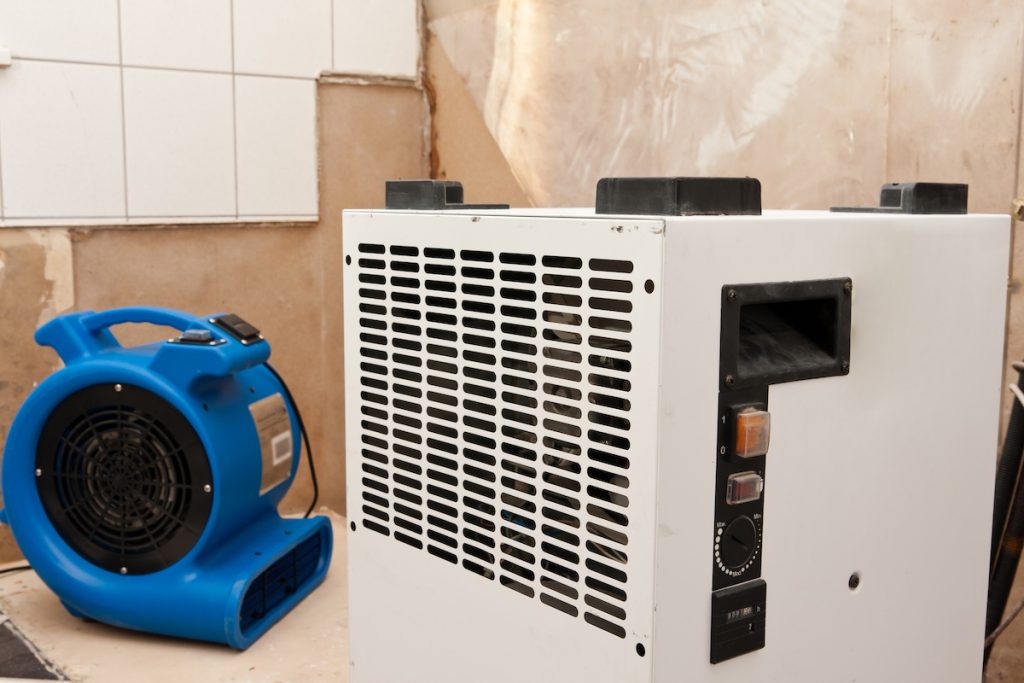
Ultraviolet light, a form of electromagnetic radiation, is another mold removal option. UV light kills mold spores on hard surfaces, breaking down the mold’s molecular structure and preventing it from growing. This alternative can be a great way to avoid mold growth in areas where mold has been present or where there is potential for future mold growth. UV light can identify mold growth in hard-to-reach places, making it easier to remediate mold properly.
Additionally, electric radiant heaters are also an excellent tool for mold removal. Electric radiant heaters, commonly used for bed bug removal, can produce intense and localized heat, which can evaporate airborne mold spores and surface mold, decreasing its presence in an environment and curbing its spread. Over time, the heat will reduce the mold growth in the affected areas. Electric radiant heaters can also be used to dry out mold-affected areas, helping to prevent the growth from reappearing.
Some mold removal companies have now developed mold detection and prevention systems that use sensors to detect mold growth in homes, offices, or commercial buildings before it has the opportunity to spread. These systems can alert owners of potential mold problems and help them take preventative action. With new mold removal technologies, mold remediation is now more accessible than ever.
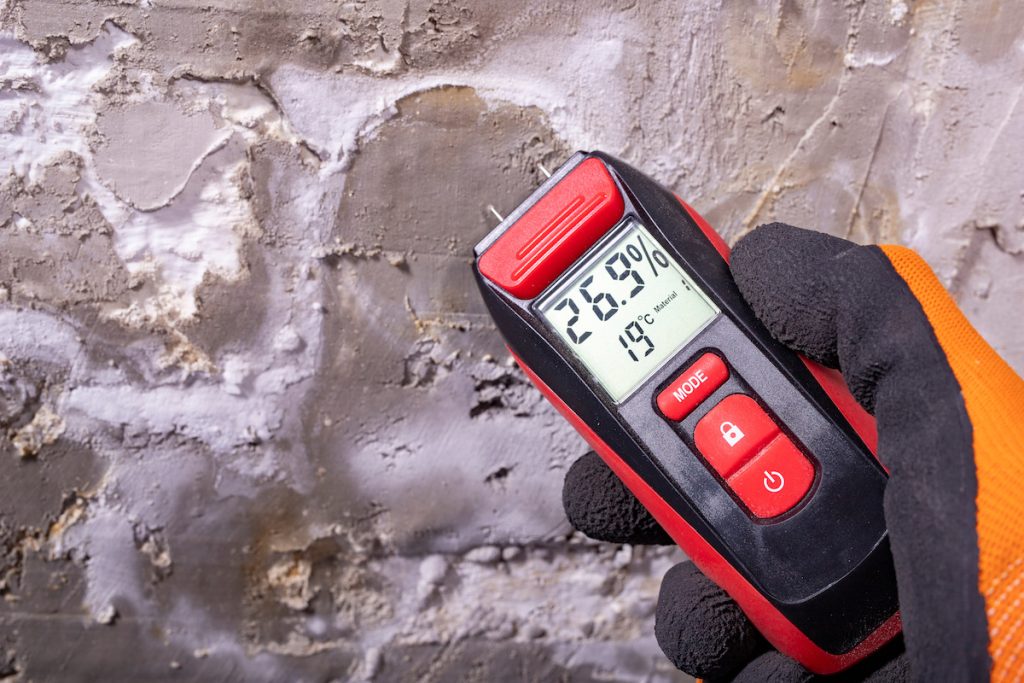
How Mold Remediation Technicians Conduct a Mold Remediation Process
While there are several DIY mold removal options, hiring a reputable professional with restoration certification to remove mold is best, as they have both the knowledge and access to these higher-quality mold removal techniques. Homeowners’ insurance usually covers the removal cost if a professional needs to intervene.
Mold remediation professionals are trained to handle mold and mildew safely and efficiently, adhering to strict regulations and procedures set by the Environmental Protection Agency (EPA).
Before beginning any mold remediation process, a mold remediation professional first assesses the scope of the mold damage and the effects that the current water and indoor air quality can have on other parts of a structure. They’ll also account for the types of mold, such as green or black, and check to see where mold colonies might be growing. Moist, dark places like crawl spaces and air ducts are prime areas where mold thrives.
A more dangerous and widespread mold problem may require heavier-duty cleaning materials to ensure they are eliminated.
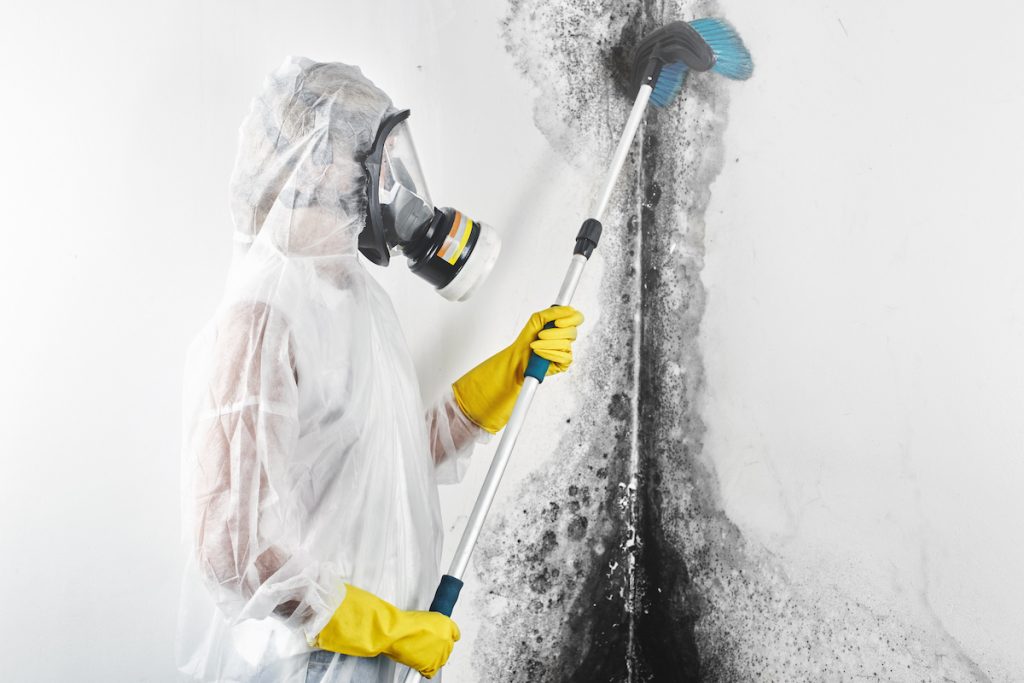
The proper personal protective equipment (PPE) must be utilized and worn when handling any mold hazard, as it can cause irritations and other health problems if inhaled or result in direct skin contact. PPE includes goggles to protect the eyes and nose (to avoid breathing in spores), a biohazard suit, and gloves. Mold exposure, both short and long-term, should be avoided.
The strategy used to remediate depends on the type and severity of the infestation. It could mean removing damaged drywall or mold-infested materials such as fabrics and flooring, increasing ventilation in rooms with contaminated air, applying seals around windows where water seepage might occur, and using industrial foggers to remove airborne spores. A successful result requires thorough inspection during and after completion to ensure all mold spores have been eliminated using safe and effective methods.
Professional mold remediation companies can use the latest mold removal technology to provide effective solutions. The combination of HEPA filtration, ozone generators, ultraviolet light, mold detection systems, and electric radiant heaters has made mold removal more effective than ever.
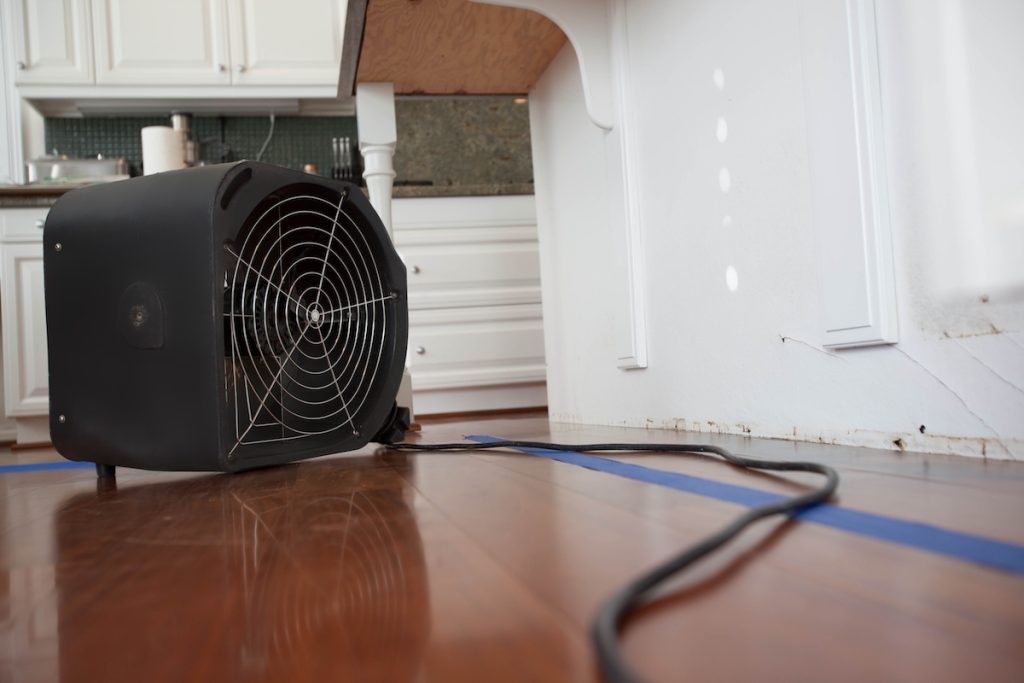
How You Can Prevent Mold Growth
When it comes to mold growth, prevention is key. Professional mold remediation teams are experts in mold removal and excel at providing a healthy home or office environment. By providing up-to-date technology and methods, they can considerably reduce and even eliminate the number of mold spores within your premises. Professionals offer a more thorough cleanup than non-professionals, and they can also remove any odors and address damage in areas where the fungus once flourished. If you want to keep your living and working spaces free from potential contamination and health risks associated with mold, guidance from an experienced professional should be your priority. When in doubt, always contact a mold inspector for advice.
Investing in professional mold removal and prevention services is important to protect your family, employees, and customers from the health risks associated with mold. Not only is mold a nuisance, but it can pose serious physical health risks that can lead to severe issues. Professional mold remediation specialists employ the best modern technologies and techniques available to identify and remove forms of mold within your home or business, so you can rest assured that everything is as safe and secure as possible.
For All Your Mold Removal Needs, Don’t Hesitate to Contact the PuroClean Experts
If you’ve recently discovered an issue with mold in your home or business, please do not take chances. This can be a serious problem as toxic mold exposure has been linked to many health issues. It’s also important to remember that it takes expert knowledge of procedures and protocols to handle the situation appropriately.
That’s why when it comes to mold removal, PuroClean is your only real choice. Our certified technicians have years of mold remediation experience and ensure complete safety before, during, and after the job by applying industry-leading protocols and guidelines. If you’re looking for prompt and trustworthy mold removal service, please call PuroClean Emergency Services of Dayton, Ohio at 937-401-9700 or Cincinnati, Ohio at 513-897-8990. We are on call 24/7 and have technicians ready to help!

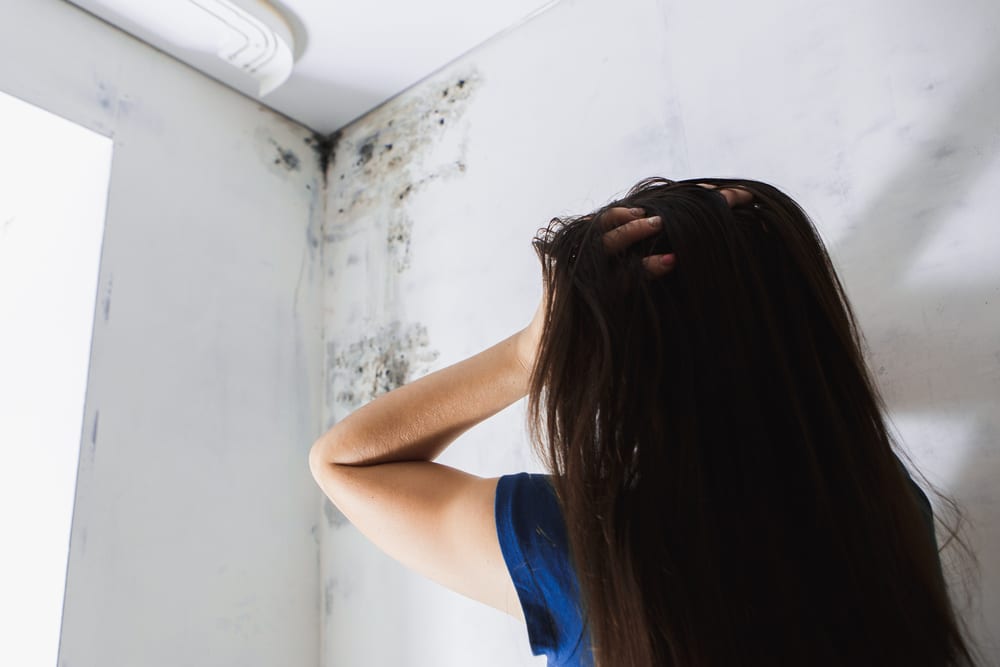
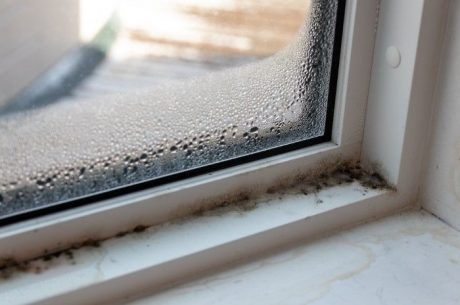
 PuroClean Emergency Services
PuroClean Emergency Services